10 Must Eat Foods In Jordan
By: Priyanka Maheshwari Mon, 25 Sept 2023 10:57:09
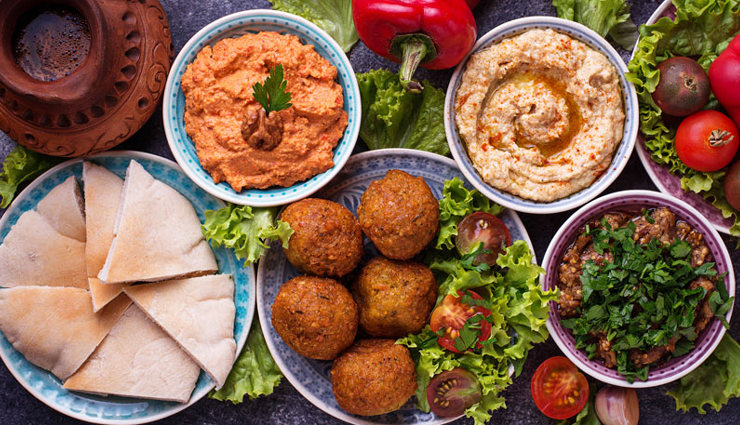
Jordan is a land where the tapestry of cultures weaves a culinary marvel. In this vibrant country, the meeting of traditions results in a delightful fusion of flavors. Whether you're savoring homemade specialties, exploring the bustling street food scene, or indulging in beloved local favorites, Jordan's food culture is a journey in itself.
Curious about what to eat in Jordan? While the culinary landscape in Amman, Jordan, is expansive, we've curated a list of the top 10 traditional dishes that every visitor should savor. These dishes represent the essence of Jordanian cuisine, where familiar tastes take on unique and delicious twists.

# Mansaf
Mansaf is Jordan's national dish, a culinary treasure that embodies the country's rich cultural heritage. This traditional Jordanian meal consists of tender lamb cooked in a yogurt-based sauce, infused with the fragrant flavor of saffron, and served atop a bed of aromatic rice. Often enjoyed on special occasions and gatherings, Mansaf symbolizes hospitality and unity in Jordanian culture. It's a hearty and flavorful dish that reflects the nation's deep-rooted traditions and the warm welcome extended to guests.
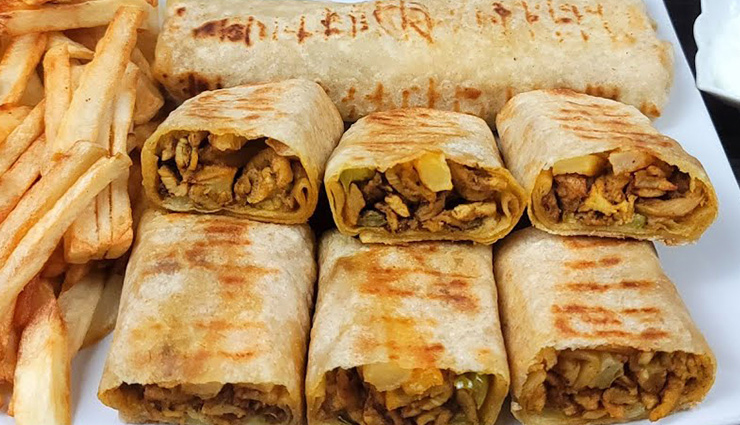
# Shawarma
These meat or chicken sandwiches are not only a beloved staple in Jordan but also throughout the Arab world. They are prepared with a blend of spicy seasonings that elevate the sandwich's flavors, often accompanied by pickles, onions, and unique sauces. These sandwiches can be enjoyed in various forms—wrapped, open-faced, stuffed, or served on plates. Some argue that when combined with similar dishes like Turkish Kebab and Greek Gyros, they could potentially be among the most widely consumed sandwiches globally. In recent times, more contemporary versions have emerged, incorporating fusion flavors from diverse culinary traditions.
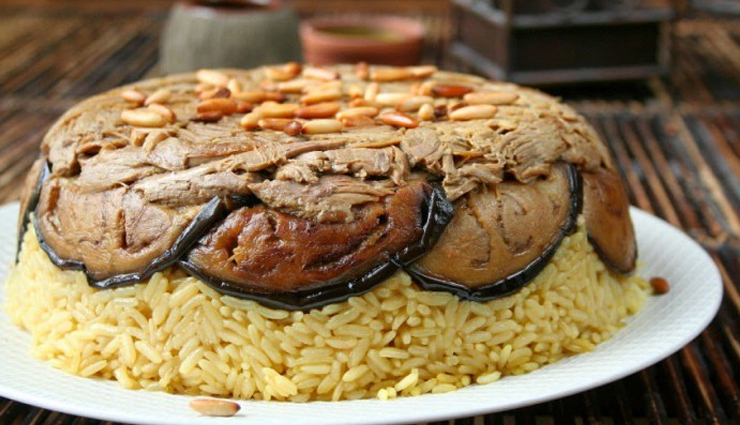
# Makloubeh
Makloubeh is a cherished Jordanian dish that showcases the country's culinary heritage. Its name translates to "upside-down," reflecting the unique presentation method. This flavorful meal features layers of spiced rice, tender meat (often chicken or lamb), and a variety of vegetables, all carefully arranged in a pot. When served, Makloubeh is flipped upside down, revealing a captivating mosaic of colors and flavors. Beyond its culinary appeal, Makloubeh holds cultural significance in Jordan, often enjoyed during festive occasions and family gatherings, symbolizing hospitality and unity. This traditional Jordanian dish embodies the essence of Jordan's rich food culture.
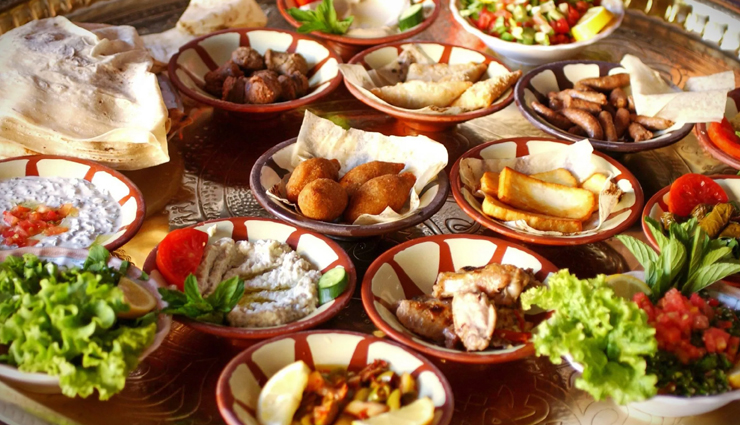
# Jordanian Mezze
Jordanian Mezze is a delightful culinary tradition that embodies the rich and diverse flavors of Jordan. It consists of an assortment of small, flavorful dishes served as appetizers or a meal in itself. Common elements of Jordanian Mezze include dishes like creamy hummus, smoky baba ghanoush, fresh tabbouleh salad, and tangy moutabel, among others. These dishes are typically served with fresh flatbread for dipping, creating a symphony of tastes and textures. Jordanian Mezze reflects the country's hospitality and the tradition of sharing flavorful, wholesome food with family and friends. It's a culinary experience that showcases the rich tapestry of Jordan's food culture.
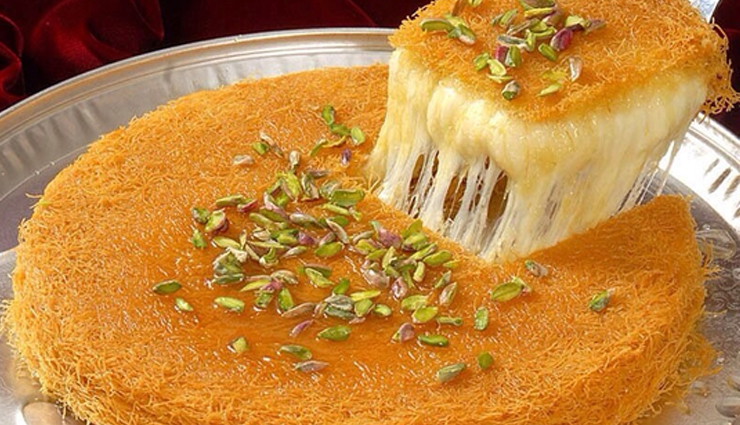
# Kunafa
Knafeh is a beloved Middle Eastern dessert that holds a special place in Jordan's culinary tradition. This sweet treat features layers of shredded phyllo dough or semolina pastry soaked in sugar-based syrup, often infused with orange blossom or rose water. Sandwiched between these layers is a creamy, slightly tangy cheese filling, creating a delightful contrast of textures and flavors. Knafeh is traditionally baked in large trays and then cut into individual servings, making it a popular choice for gatherings and celebrations. Its golden, crispy exterior and sweet, cheesy interior make it a favorite dessert, both in Jordan and throughout the Middle East.
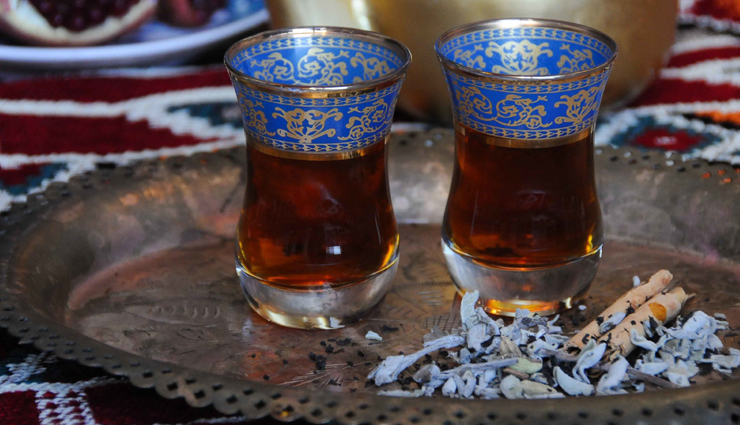
# Bedouin Tea
Bedouin Tea, also known as "Shai Arabi," is a cherished beverage in Jordanian and Bedouin culture. This traditional tea is a symbol of hospitality and warmth. It is typically made from strong black tea leaves, steeped with aromatic herbs like sage or mint, and sweetened with generous amounts of sugar. The tea is brewed in a special pot called a "sancha" and is often flavored with warming spices like cardamom. Bedouin Tea is enjoyed throughout the day and is a common offering to guests, reflecting the deep-seated tradition of welcoming visitors with open arms. Its rich flavor and soothing qualities make it a comforting and essential part of Jordanian and Bedouin hospitality.
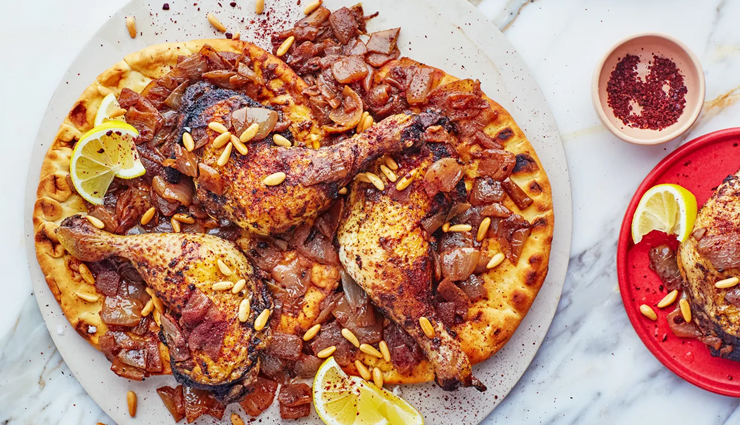
# Musakhan
Musakhan is a revered dish in Jordan and Palestinian cuisine, known for its rich flavors and cultural significance. This traditional meal consists of tender pieces of roasted chicken layered on flatbread, which is then soaked in a sumptuous sauce made from sautéed onions, olive oil, and an array of spices, notably sumac. Musakhan is often garnished with toasted pine nuts and served atop a bed of fragrant rice. This dish is more than just food; it symbolizes hospitality and unity in Jordanian and Palestinian culture. Musakhan's aromatic and savory taste, combined with its communal and celebratory nature, makes it a cherished centerpiece for gatherings and special occasions.
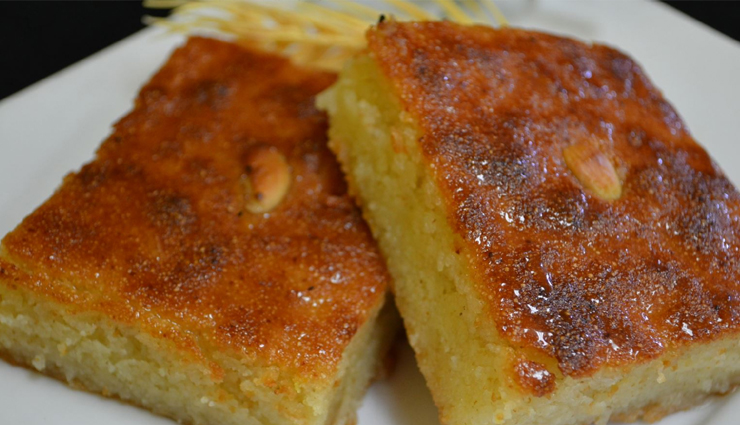
# Hareeseh
Hareeseh is a comforting and hearty dessert that holds a special place in Jordanian cuisine. This traditional sweet dish is made from crushed and fermented wheat, creating a porridge-like consistency. It is sweetened with sugar and often flavored with aromatic ingredients like rose or orange blossom water. Hareeseh is typically baked to perfection, resulting in a golden brown crust on top. Once prepared, it is drizzled with sweet sugar syrup and garnished with crushed pistachios. Hareeseh is not only a dessert but a symbol of Jordanian hospitality, often served during special occasions and celebrations, bringing warmth and sweetness to gatherings.
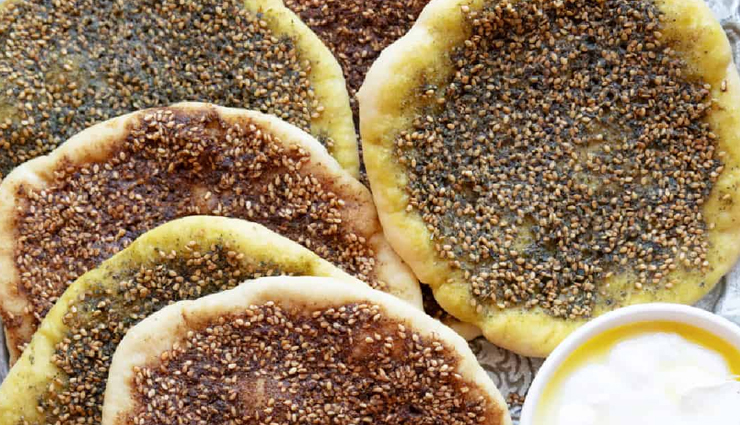
# Jordanian Manakeesh
Jordanian Manakeesh are savory pastries that are not only delicious but also an integral part of Jordan's culinary culture. These mini-pizzas are typically made with a thin layer of dough topped with a flavorful blend of thyme, sesame seeds, sumac, and olive oil. They are baked to perfection, resulting in a crispy and fragrant crust. Manakeesh can also come with various other toppings such as cheese, minced meat, or vegetables, offering a wide range of flavor options. These savory treats are enjoyed throughout the day, from breakfast to dinner, and are often served with yogurt or fresh vegetables. Jordanian Manakeesh are a beloved street food and a favorite snack or meal for locals and visitors alike.
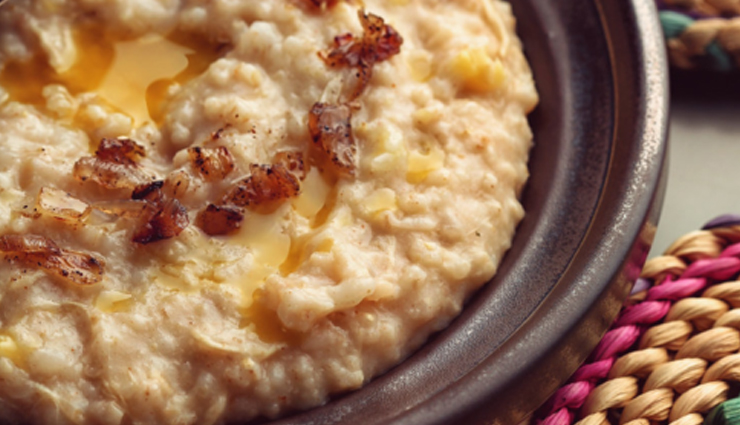
# Jareesh
Jareesh is a hearty and comforting dish that holds a special place in Jordanian cuisine. This traditional meal is made from crushed and fermented wheat, resulting in a porridge-like consistency. Jareesh is often cooked with meat, typically chicken or lamb, along with a medley of onions, aromatic spices, and sometimes tomatoes. The slow cooking process allows the flavors to meld together, creating a savory and satisfying dish. It is enjoyed for its rustic and wholesome qualities, making it a favorite comfort food in Jordan. Jareesh embodies the essence of Jordanian hospitality, often shared during gatherings and special occasions, where its rich flavors bring warmth and togetherness.





